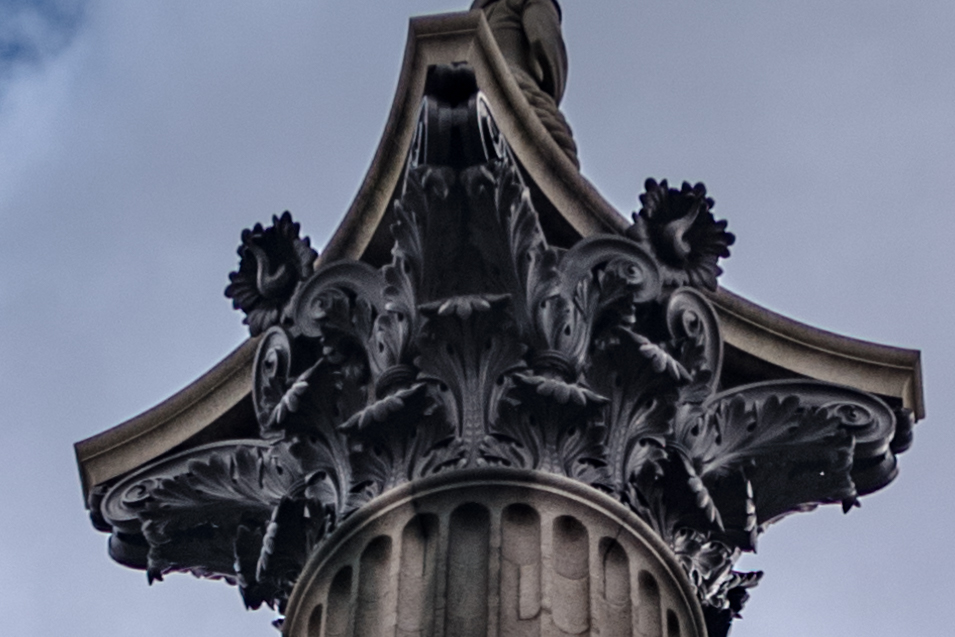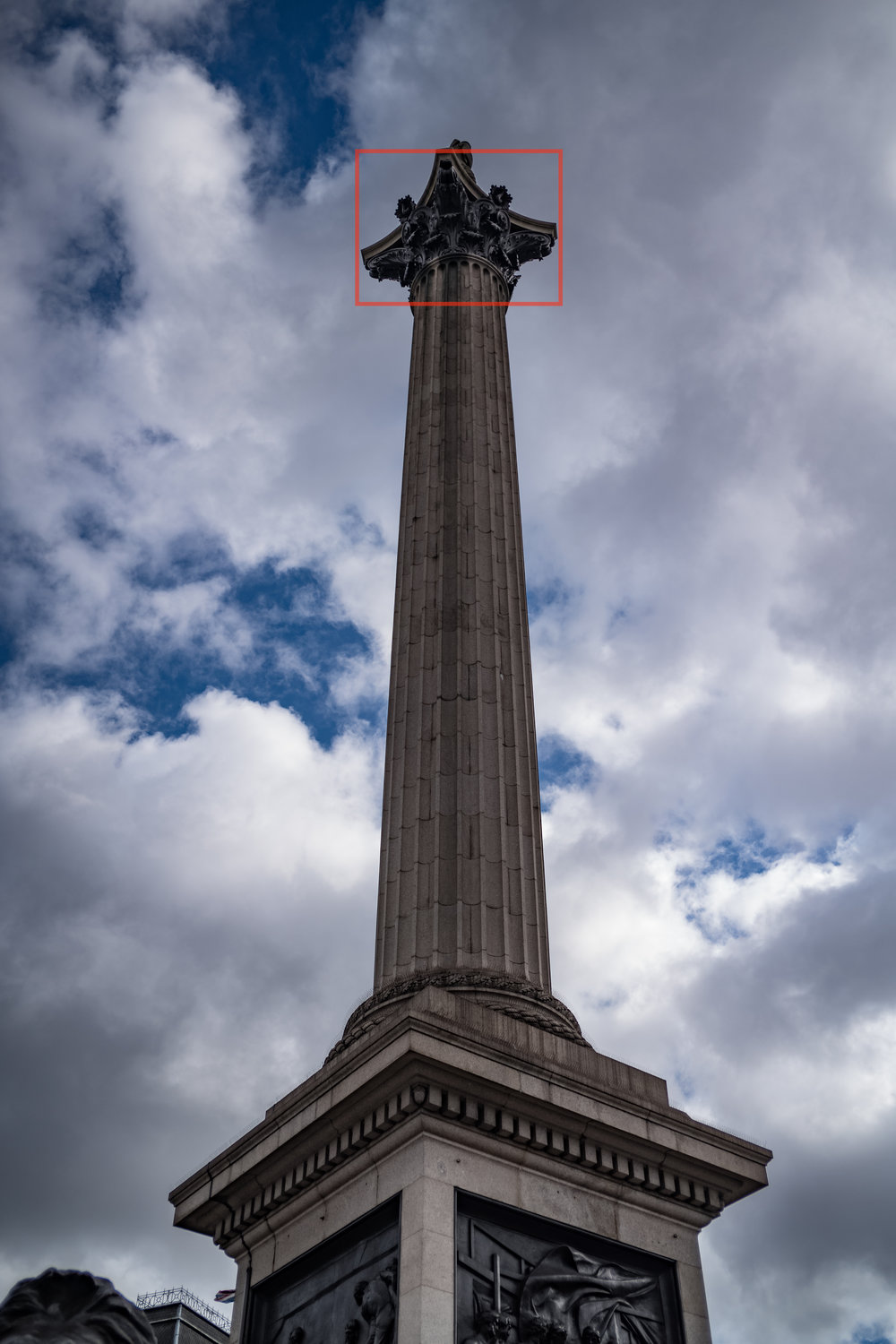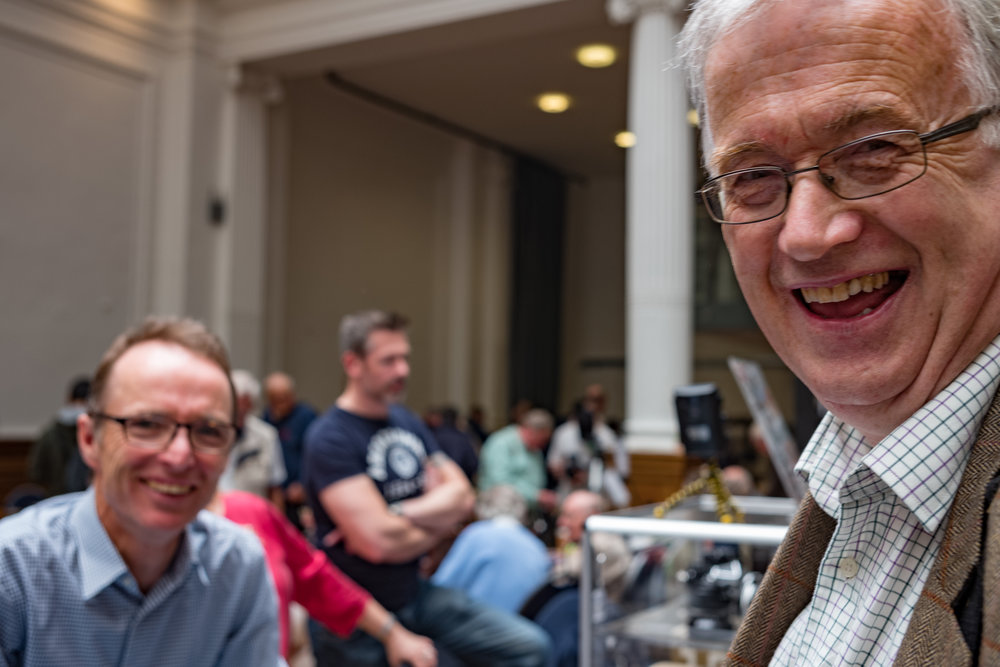
After a winter playing mainly with the Leica CL but also getting familiar with the Panasonic G9, it was comforting to return this month to the Leica M10. Sadly, I’m afraid, my M10 has been neglected during the past months, but picking it up again reminded me just how entertaining the rangefinder it can be. There are no worries about electronic jiggery-pokery, no stabilisation, no bulky autofocus lenses, no question about where the focus point has moved to. The rangefinder patch is always there, slap bang in the middle of the frame where, no doubt, the gods so ordained.

Old pair of slippers
When all’s said and done about autofocus or, even, manual focus using a EVF, there is just something pure and precise about the rangefinder. I can focus quickly and easily (except perhaps with fast glass wide open, such as the Noctilux) and when it comes to subject isolation, the rangefinder just suits my style. For my old fashioned focus-and-recompose methods, it is as comfortable as an old pair of slippers.
But after a few months with APS-C and micro four-thirds, I welcomed the grater resolution of the full-fame sensor. Cropping possibilities are greater, even when using a wider lens. As an experiment while in Trafalgar Square a few weeks ago, I took rather unremarkable image of Nelson’s Column, viewed from the ground. I wanted to see how much detail I could capture and at what distance, despite the absence of stabilisation. The lens I had with me was the humble 35mm Summicron — the favourite choice for street photography — if you can call any lens that costs £2,700 humble. But my Leica standards it is and, since I bought mine mant years ago, it is just a tad humbler.
Tiny, tiny
In the full frame you will notice a tiny red box surrounding the pediment… at Nelson’s feet. It is 52 meters from the camera and represents a tiny portion of the frame. When you look at the crop outlined in red, you are seeing an image of 955 x 637 pixels or 0.6MP. That’s one fortieth of the full frame. But look at the detail captured by the Summicron. This level of detail from a wide-angle lens, however good, would just not be possible with a micro four-thirds sensor. It would take much longer (something like the 42.5mm Nokton, giving 85mm) to even approach this result. Even the CL, I suspect, would struggle at tho distance, even with the same lens mounted. Ultimately, there is no substitute for sensor size.

Cropping opportunities
But what this does illustrate is that the 35mm Summicron on the M10 (or on a full-frame mirrorless camera such as the SL or one of the Sony a7 range) offers great cropping opportunities. Within reason, electronic zooming is a realistic proposition. It’s a reason why the Leica M and 35mm Summicron is such a popular choice for street photography. In such circumstances a zoom lens can be more of a hindrance than a help; it certainly slows down the workflow and is just something else to adjust. Equally, the old standby 50mm focal length is often too narrow in crowded cities. The 35 ‘Cron is just right.
With the simple M10 and talented Summicron you can easily achieve focus on the desired subject (quicker, I suggest that with an autofocus lens unless you are using face detect) and it doesn’t matter too much if you capture a wider frame, you can crop to taste later. This is one of the great benefits of the Leica Q or the Sony RX1 — the resolution is so good that the lack of a medium zoom (such as the now ubiquitous 24-85/90 focal range) is largely superfluous. The Q’s 35mm and 50mm framelines do a fantastic job of ensuring that the one 28mm lens becomes an all-round hero.
__________
- Subscribe to Macfilos for free updates on articles as they are published
- Want to make a comment on this article but having problems?
